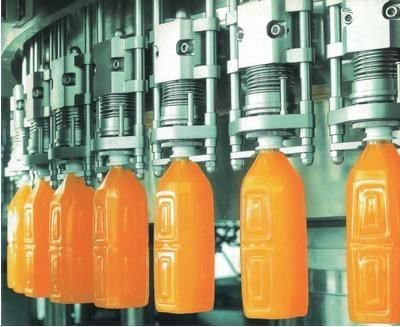
Hot filling and cold filling are two methods of contract packaging (or co-packing*) perishable food products and liquids. These methods are not to be confused with fill temperature; while hot and cold filling are preservation methods, fill temperature affects the viscosity of the liquid and thus impacts the accuracy of the packaging machine.
To correctly conclude which filling method is best suited for a product, it is imperative to understand the key differences between the two.
HOT FILLING
Heat is used to sterilize both the product and the container in the hot filling process. Temperatures between 194 and 203 Fahrenheit are achieved and maintained for the successful completion of this process. Both the product and the container are held at the temperature for at least 15-20 seconds. This is to ensure that no bacteria survive in either the contents or on the container. The container is then cooled to 180 degrees Fahrenheit and sealed. Once sealed, the package is left to cool down to room temperature.
COLD FILLING
As the name suggests, cold filling works by employing extremely low temperatures. Extreme cold, like extreme heat, also kills bacteria. The product and its packaging are exposed to ice-cold air. Cold filling requires the additional step of wet or dry sterilization.
Cold filling has gained popularity because of its independence from preservatives and other additives that are used to protect the food during the hot filling process.
Hot filling is primarily used for food products that are acidic in nature. These include sodas, vinegar, vinegar-based sauces, sports drinks, and juices which are packaged in glass, cardboard and some specific, heat-resistant plastics.
Cold filling is the chosen method of preservation for dairy products. Most packaging containers are compatible with the cold fill process.
Hot filled products tend to have higher shelf-life and the process itself is less costly. Hot filling is also safer to conduct.
*Co-Packing, is the overall process of assembling a product or good into its final finished packaging




